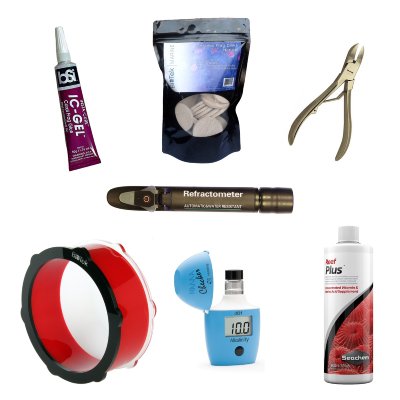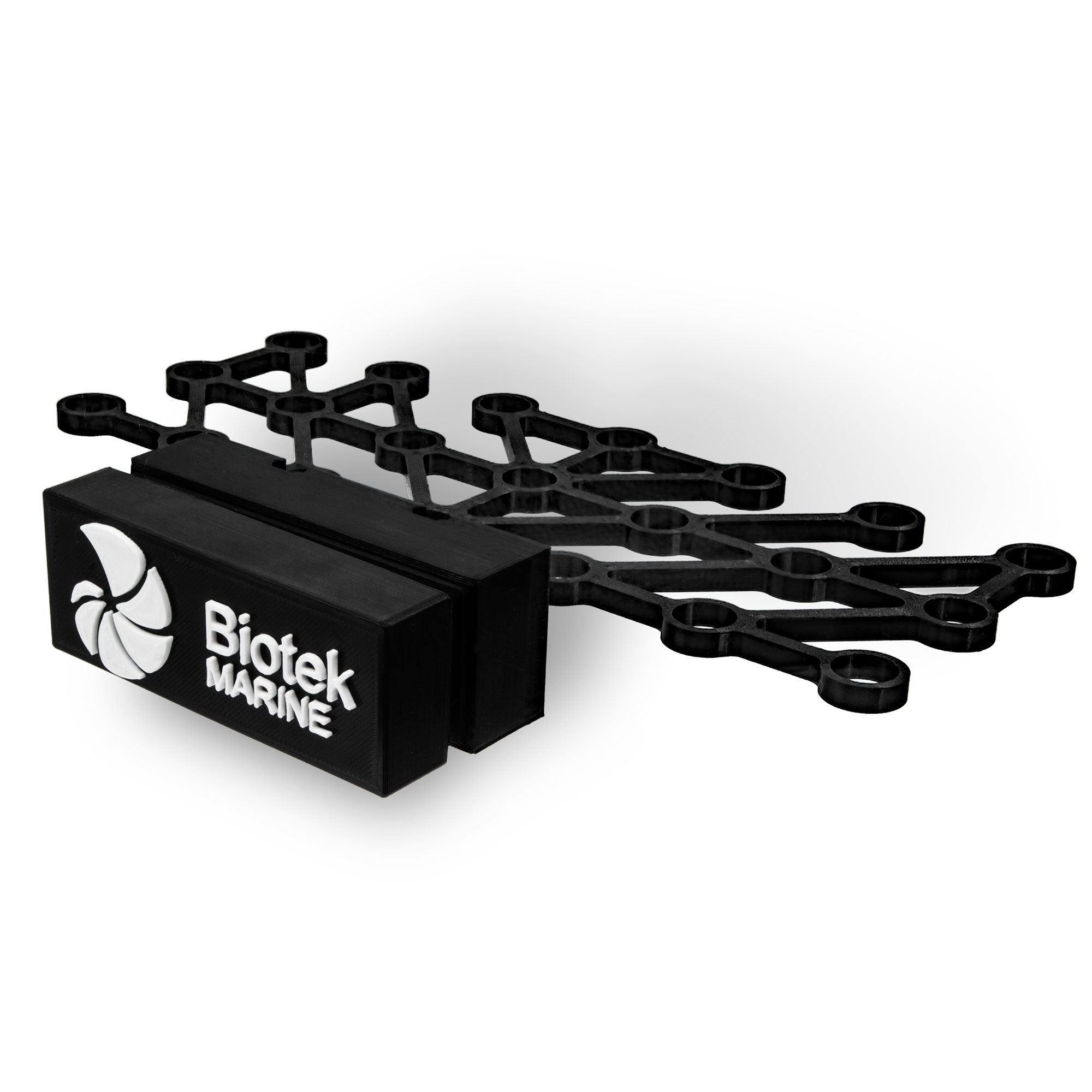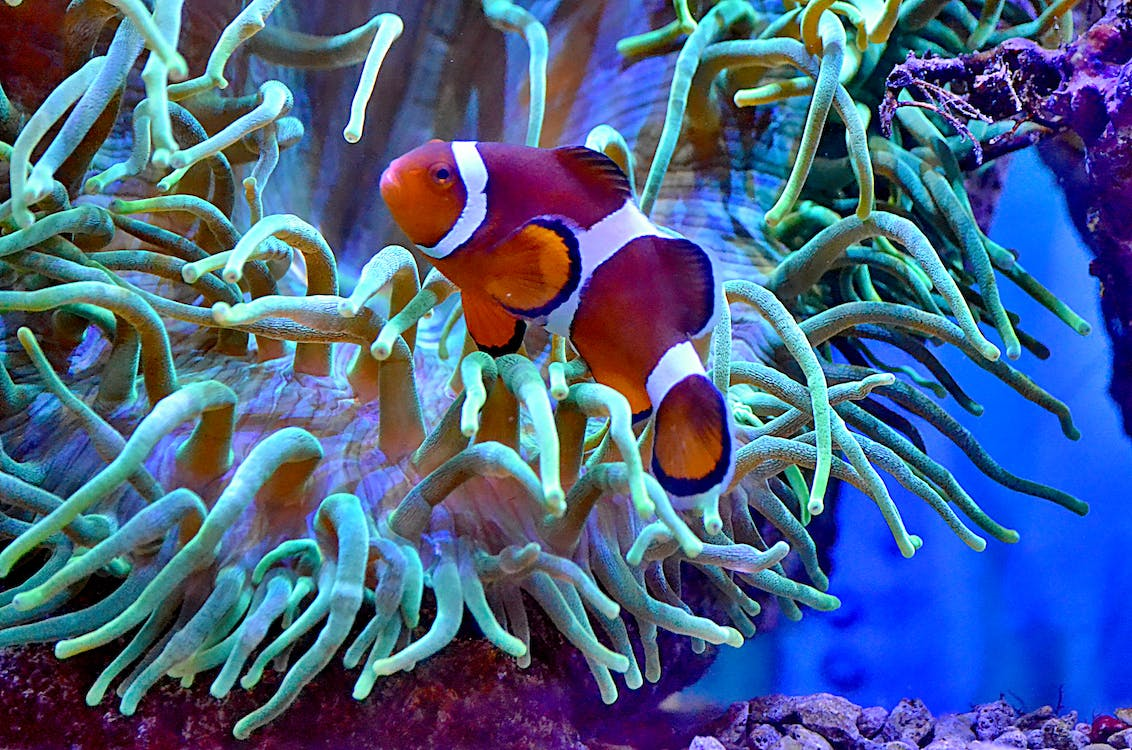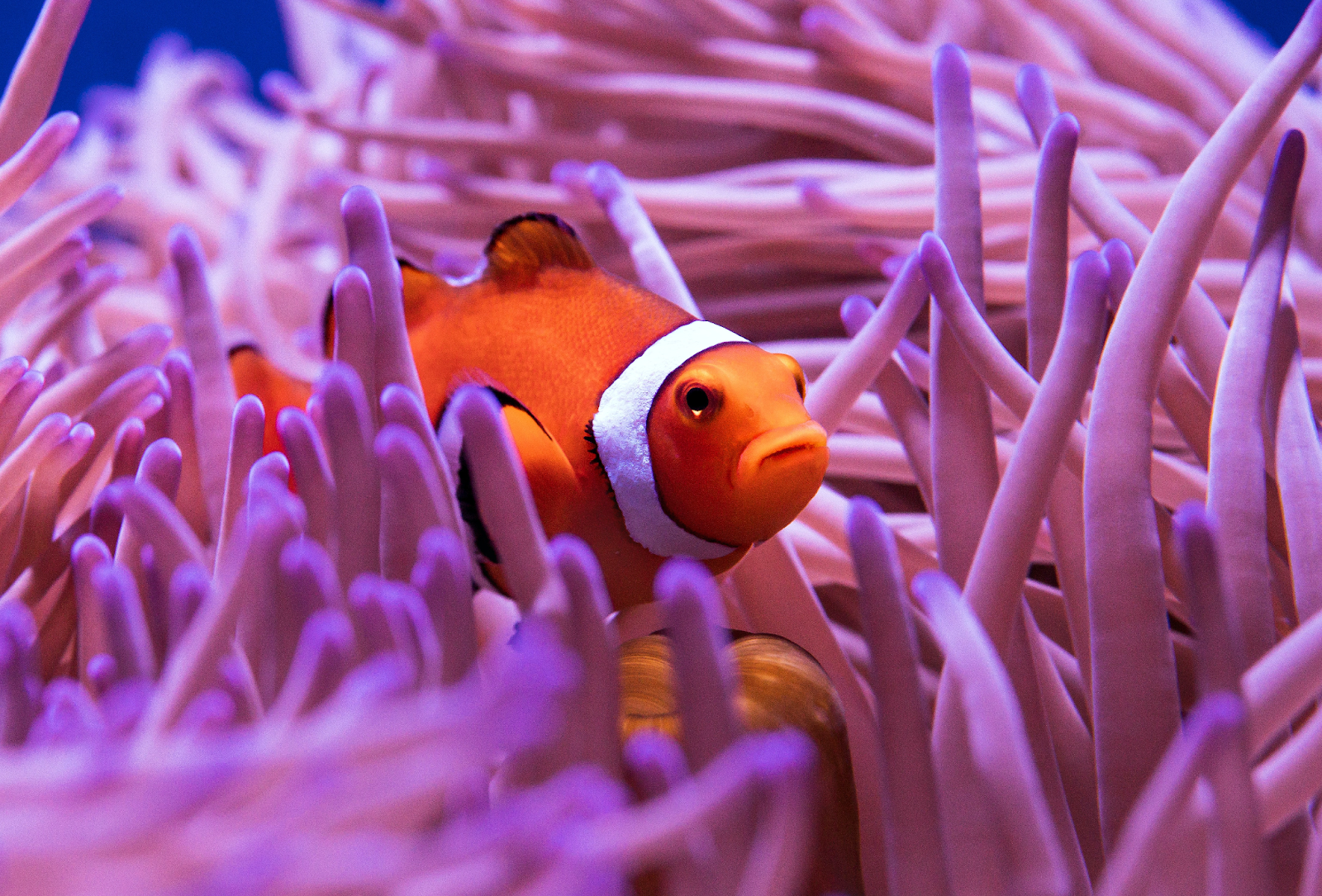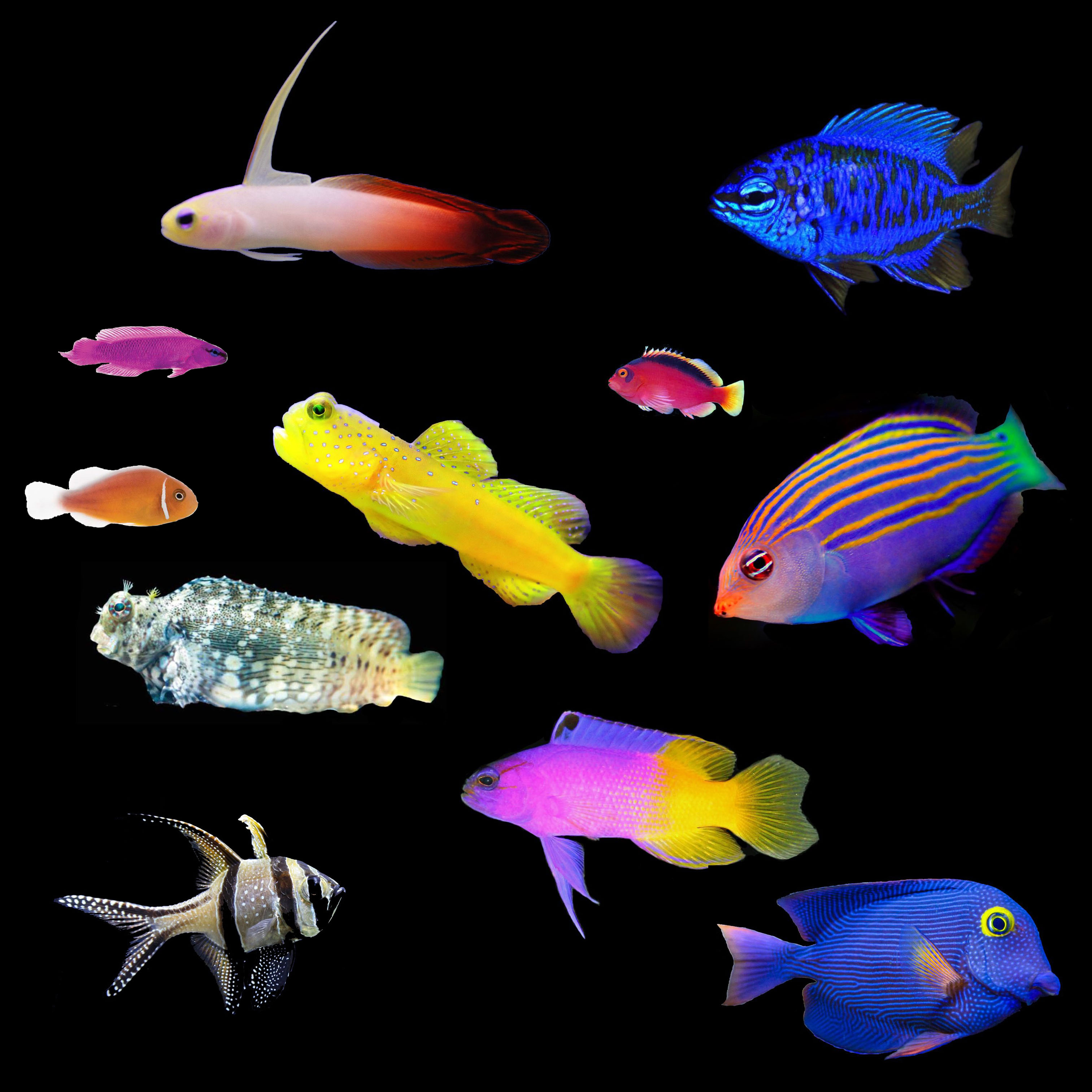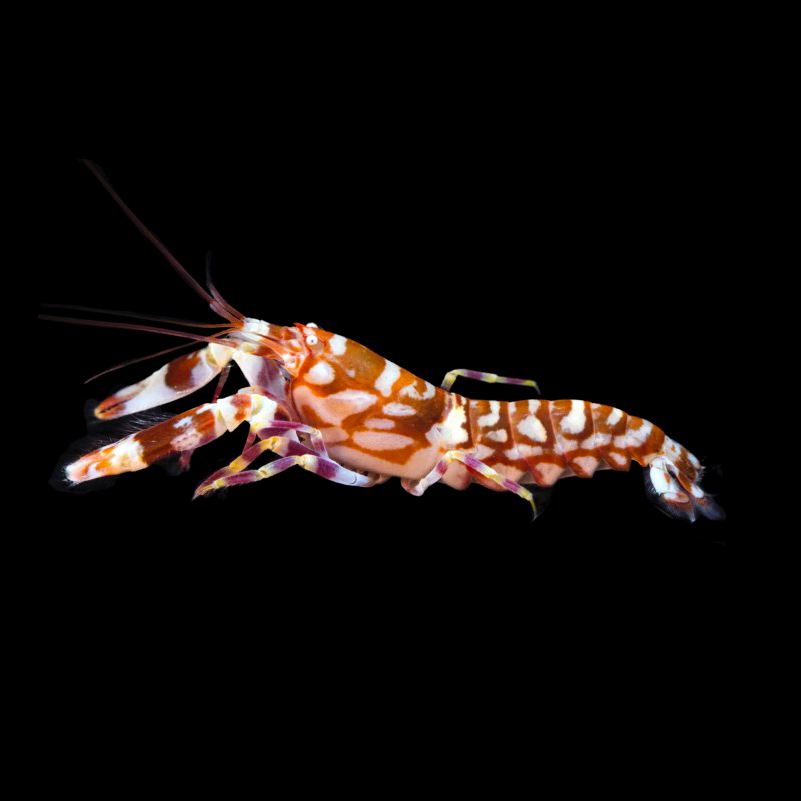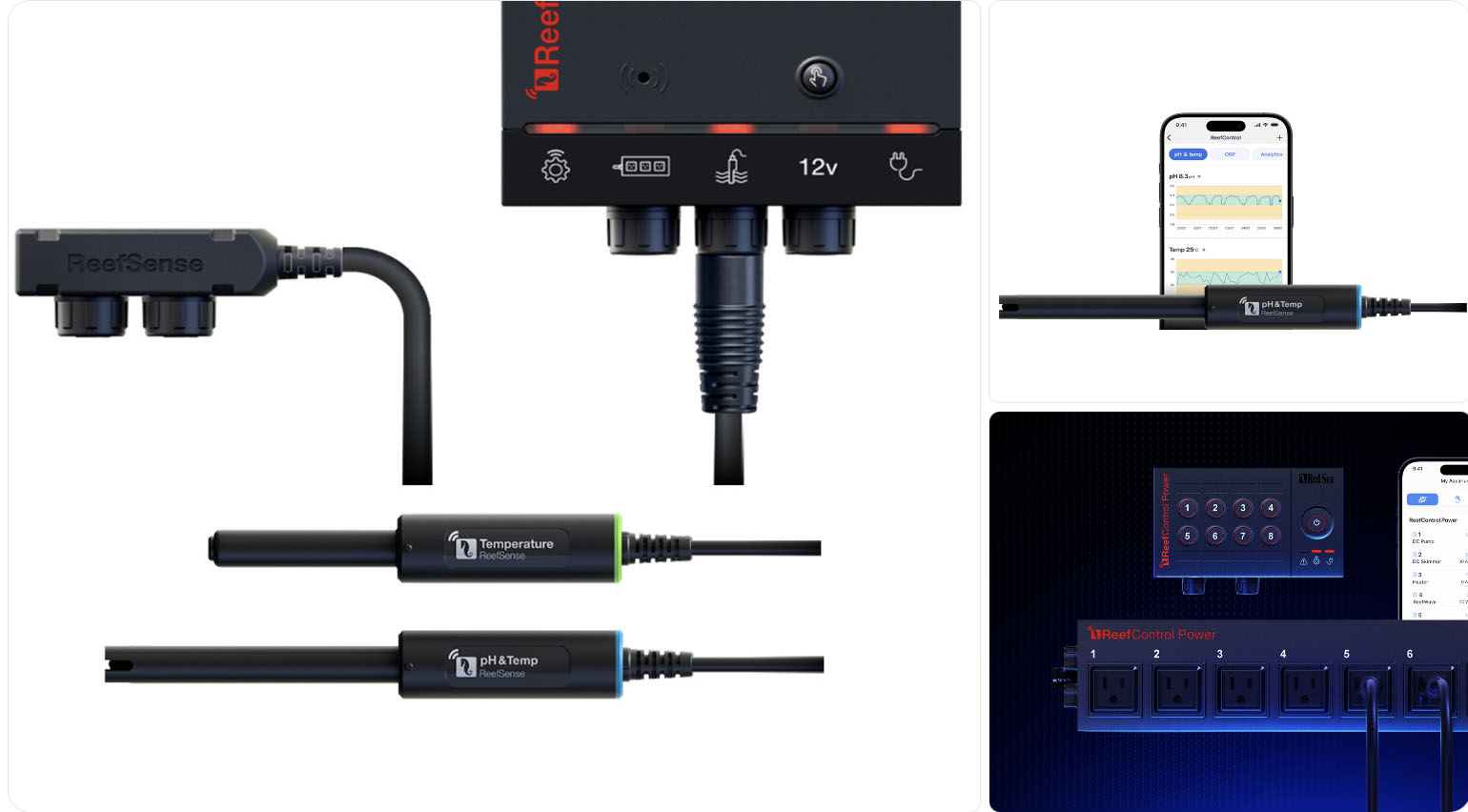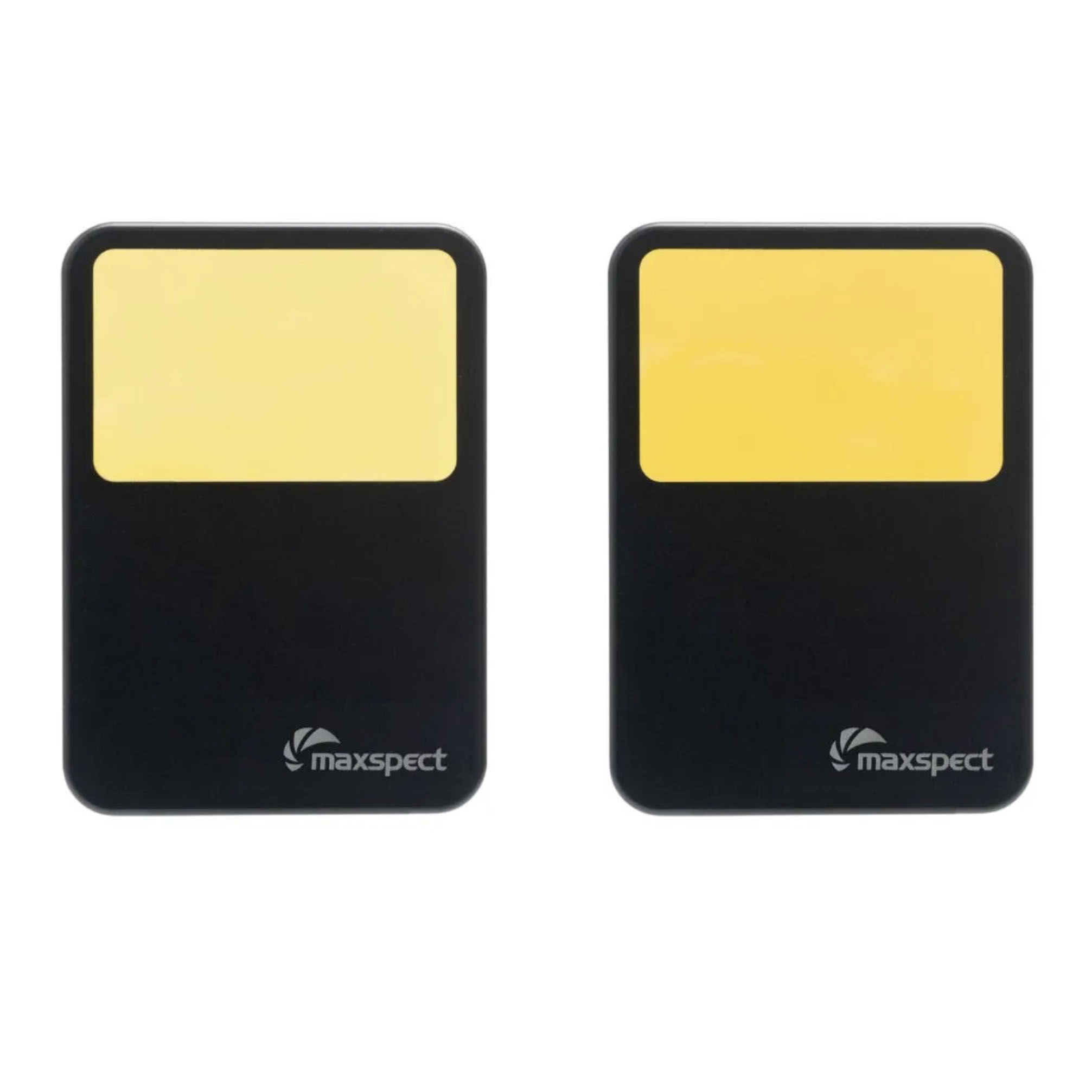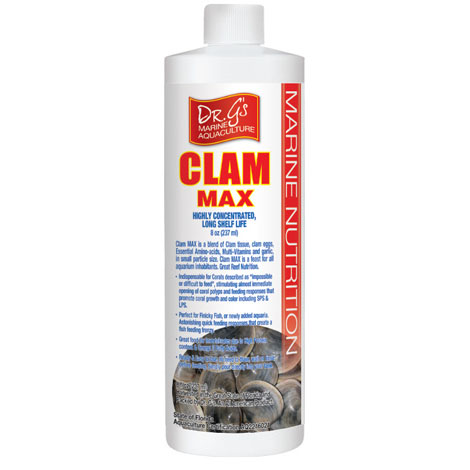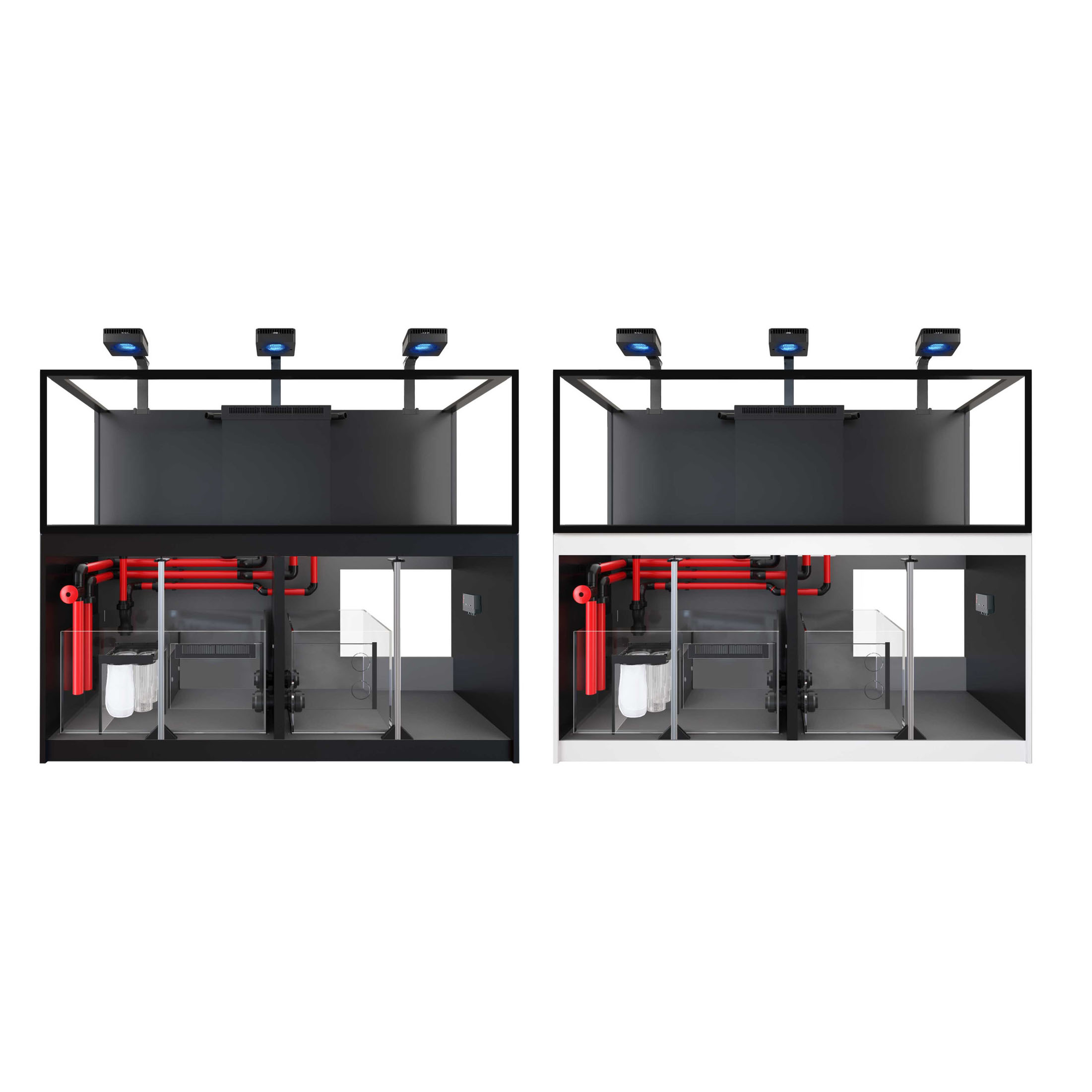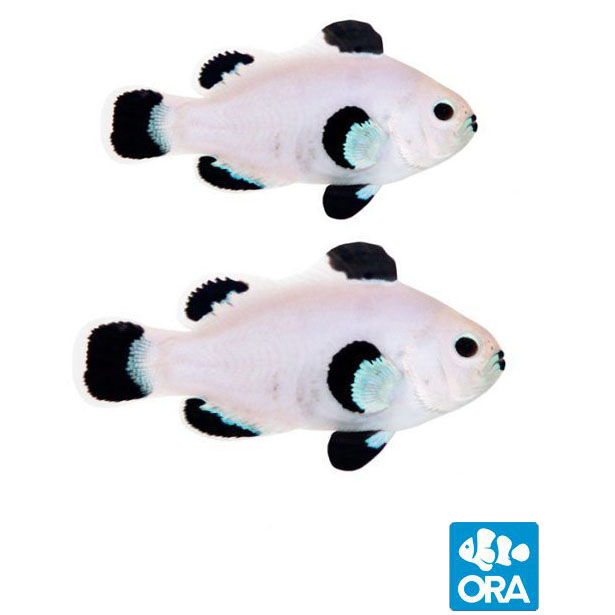We use cookies to make your experience better. To comply with the new e-Privacy directive, we need to ask for your consent to set the cookies. Learn more.
A Care and Sustainability Guide for Regal Angelfish (Pygoplites diacanthus)

The Regal Angelfish, Pygoplites diacanthus, is one of the most sought-after species in the marine aquarium trade due to its striking colors and elegant appearance. Native to the Indo-Pacific region, these fish are recognized by their vibrant blue, orange, yellow, and white stripes. However, caring for Regal Angelfish can be challenging due to their delicate nature, making it essential to understand their specific needs and the benefits of selecting smaller wild-caught or captive-bred specimens.
Optimal Care for Regal Angelfish
Caring for Regal Angelfish requires attention to several critical factors to ensure their health and longevity. Here are key aspects to consider:
Tank Size and Environment:
- Tank Size: A minimum of 100 gallons is recommended to accommodate the Regal Angelfish's active swimming habits. These fish can grow up to 10 inches in length.
- Water Quality: Maintaining pristine water conditions is crucial. Ideal parameters include a temperature range of 72-78°F, pH between 8.1-8.4, and specific gravity of 1.020-1.025.
- Aquascape: Provide an abundance of live rock to create hiding spots and grazing surfaces. The inclusion of caves and crevices helps reduce stress and mimic their natural habitat.
Diet and Feeding:
- Omnivorous Diet: Regal Angelfish require a varied diet consisting of high-quality marine angelfish preparations, mysis shrimp, and spirulina. Supplementing their diet with marine algae and sponge-based foods can enhance their overall health and coloration.
- Feeding Frequency: Offer small, frequent meals to encourage feeding and prevent waste buildup.
Compatibility:
- Peaceful Tankmates: Select compatible tankmates that are peaceful and will not outcompete the Regal Angelfish for food. Avoid housing them with aggressive species that may cause stress or harm.
Lifespan:
- Life Expectancy: With proper care, Regal Angelfish can live for 10-15 years in captivity. Providing a stable and healthy environment is key to maximizing their lifespan.
Importance of Choosing Smaller Wild-Caught or Captive-Bred Regal Angelfish
When selecting Regal Angelfish, it is essential to prioritize the source and size of the fish. Smaller wild-caught or captive-bred specimens offer several advantages:
1. Adaptation to Captive Conditions:
- Smaller Wild-Caught Fish: Younger, smaller wild-caught Regal Angelfish tend to adapt more readily to captive environments compared to larger individuals. Their resilience to the stresses of transportation and acclimation increases their chances of survival.
- Captive-Bred Fish: Regal Angelfish bred in captivity are accustomed to aquarium conditions from birth. They are typically more robust, disease-resistant, and better adapted to captive diets, making them a more sustainable and ethical choice.
- For the resasons mentioned above, Aquarium Specialty only offers smaller wild caught or captive bred regal anglefish.
2. Contribution to Conservation:
- Sustainable Practices: Opting for smaller wild-caught or captive-bred Regal Angelfish supports sustainable practices within the marine aquarium trade. It helps reduce the pressure on wild populations and promotes responsible aquaculture.
The Regal Angelfish, Pygoplites diacanthus, is a captivating and rewarding addition to any marine aquarium, provided their specific care requirements are met. By understanding the importance of selecting smaller wild-caught or captive-bred specimens, aquarists can enjoy the beauty of these fish while contributing to sustainable and ethical practices in the hobby. With proper care, the Regal Angelfish can thrive, showcasing its stunning colors and elegance in your underwater world.




